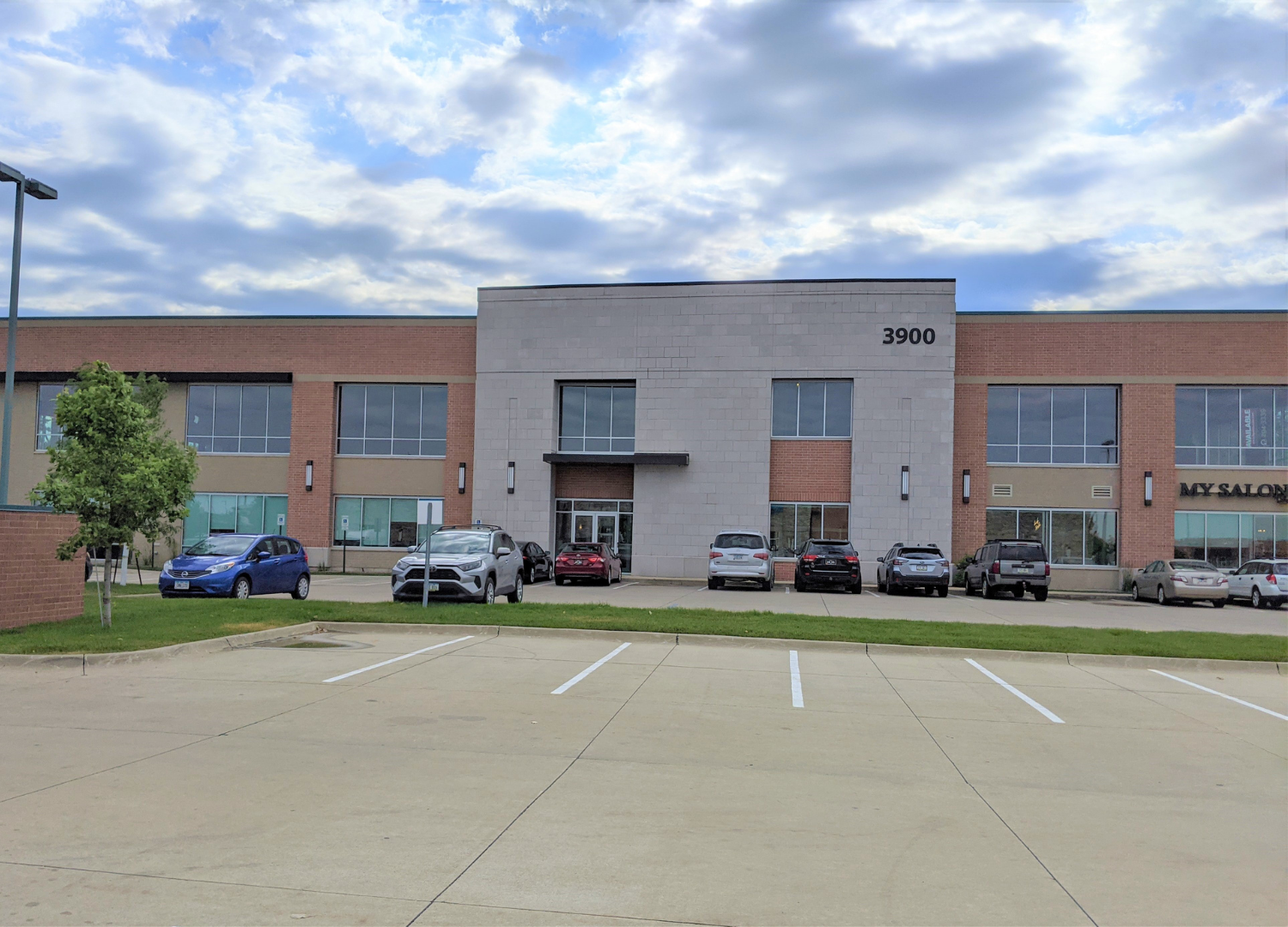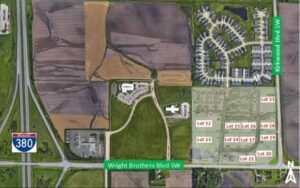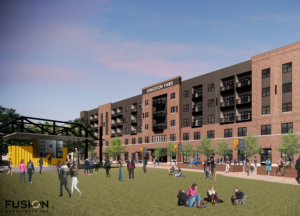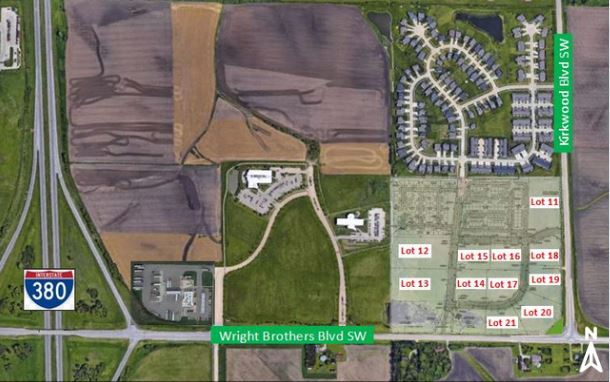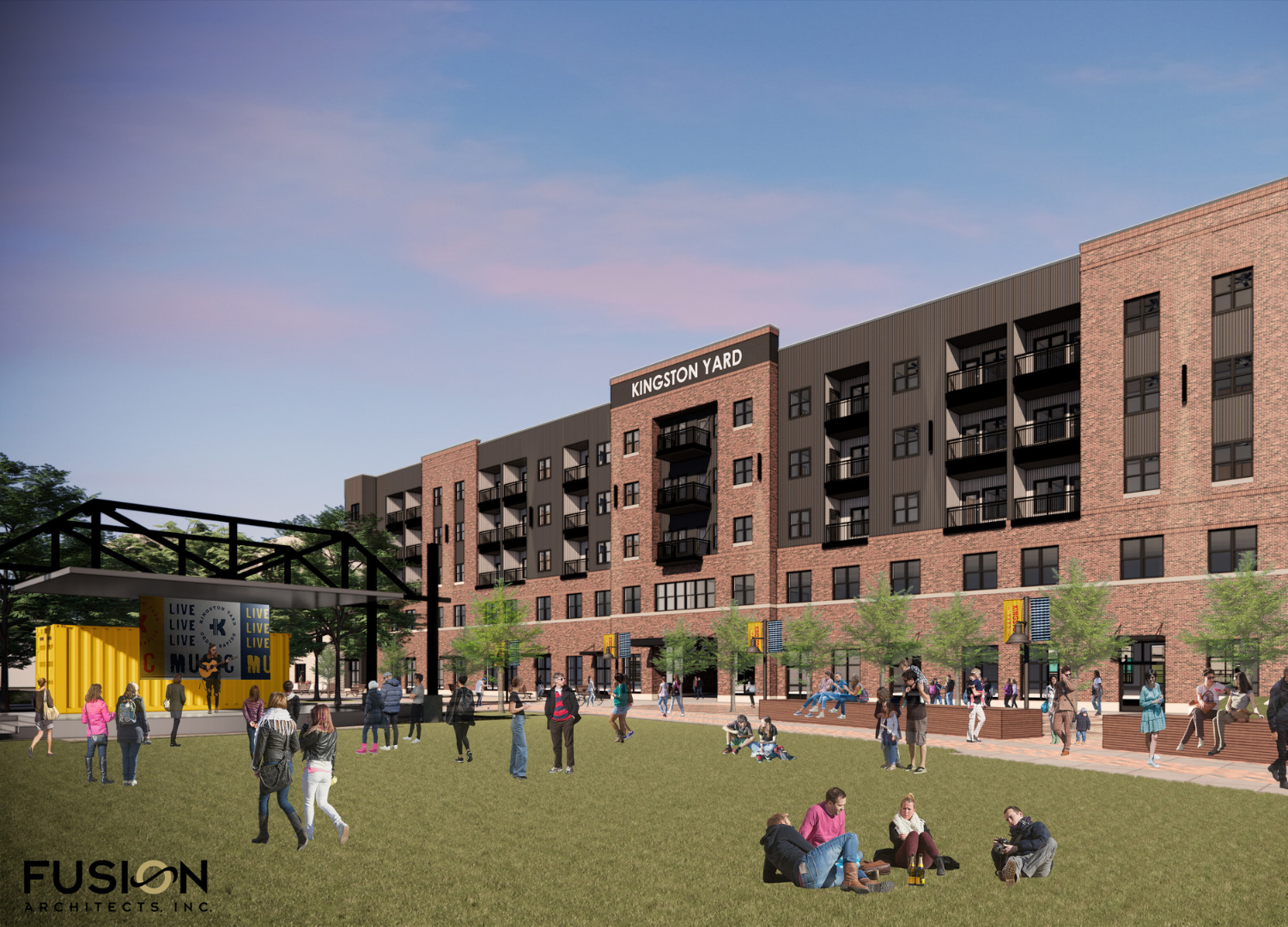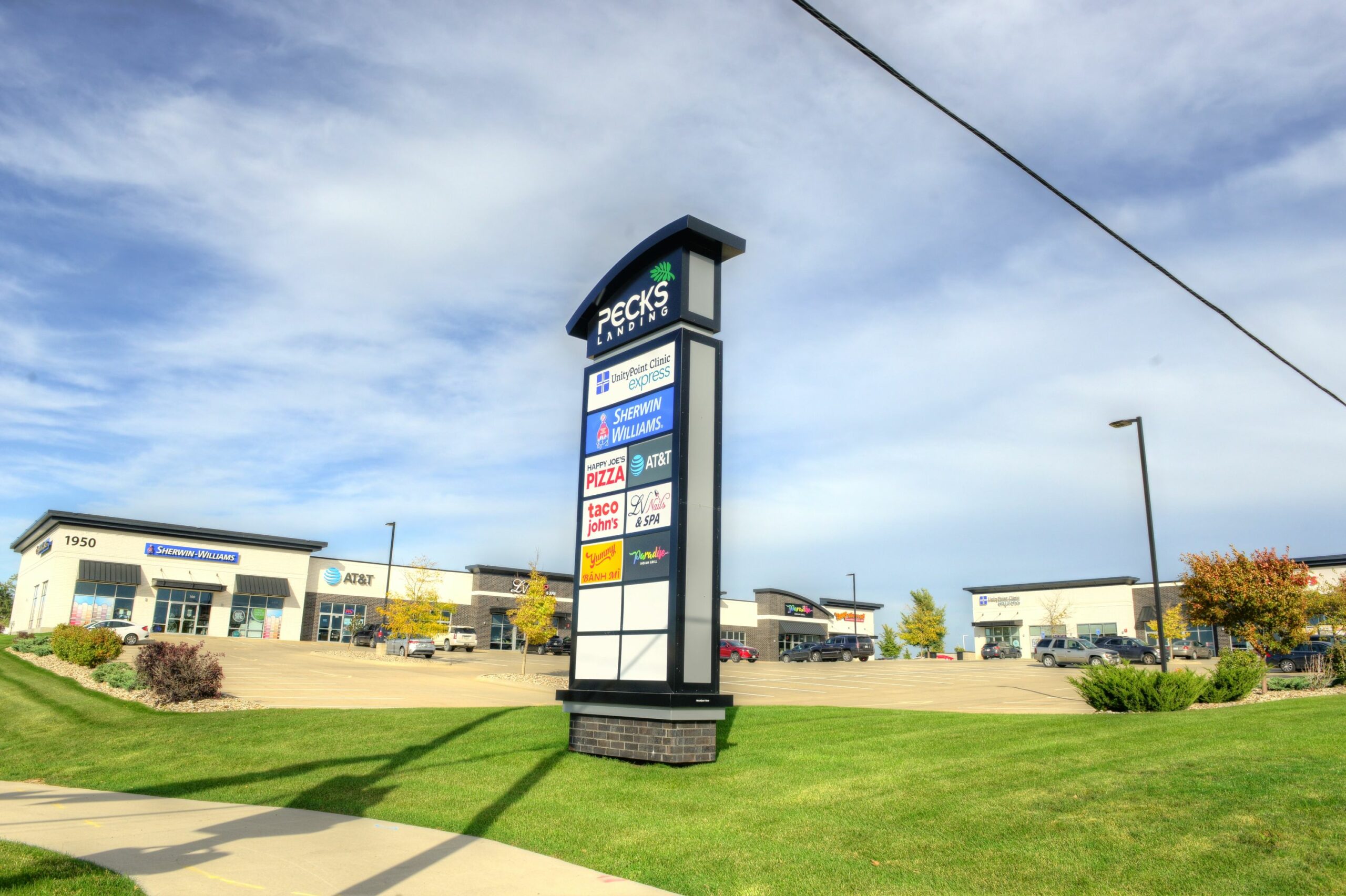Before entering into a new commercial real estate lease agreement, it is important to have an understanding of CAM charges, if they apply to your lease and how these charges are assessed. CAM stands for common area maintenance and it is a fee the landlords pass on to tenants to help cover costs related to operating expenses for common areas. Common areas are those accessible to all tenants including hallways, elevators, parking lots, lobbies, public bathrooms and building security. CAM is sometimes negotiable in the lease agreement and the charges may vary depending on the market.
CAM charges are one component of a triple net lease (NNN), where the tenant is most often responsible to pay additional rent expenses known as Pass-Throughs which are made up of property taxes, building insurance and CAM charges. Annually, the landlord puts together a budget that includes an estimate of CAM charges, property taxes and insurance expenses for the entire property. After an estimate is established, each tenant is assessed Pass-Through expenses based on the square footage of space they occupy in relation to the total leasable square footage of the building. The total expense is calculated into monthly operating expense and paid incrementally by the tenant over the course of the year. During the year end process, the landlord performs a reconciliation of the actual Pass-Throughs. If actual Pass-Throughs are less than the estimate, the tenant is issued a credit for difference. If the actual expenses exceed the Pass-Throughs, the tenant will be responsible for paying the difference.
The following list is a good representation of standard costs included under the umbrella of CAM charges:
- Parking lot maintenance including repairing cracks, resurfacing, repainting lines, and parking lot lighting.
- Lawncare and landscaping including mowing, weed control, fertilizing, mulching, irrigation system maintenance, trimming shrubs and trees, and planting flowers.
- Winter snow removal and ice control.
- Sidewalk maintenance.
- Cleaning hallways and replacing lights.
- Cleaning and stocking shared restrooms.
- Trash removal.
- Elevator maintenance.
- Utility costs for electricity, water and gas to the common areas.
- Onsite management and security.
- Other maintenance costs such as building repairs, property management fees, administrative costs, local permits, property taxes and insurance.
Keep in mind, CAM charges can apply in non-triple net lease agreements and they can be very complicated in these instances. There are also many indirect costs associated with CAM charges so make sure to ask your landlord for a detailed summary of the exact expenses included in your commercial real estate lease agreement.

